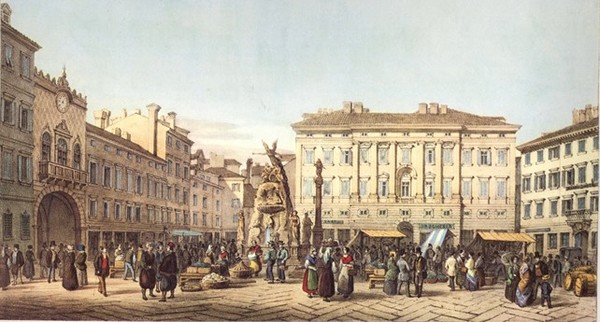
[아츠앤컬쳐] 트리에스테는 이탈리아에서 가장 독특하고 아름다운 범세계적인 문화도시다. 찬란한 합스부르크 왕국이 이곳을 ‘바다 위의 작은 비엔나’로 만들었으며, 언어, 민족, 종교의 측면에서 중부 유럽과 지중해의 영적 융합이 있었음을 쉽게 느낄 수 있다. 이 도시는 아드리아해와 슬로베니아 사이에 있는 이탈리아 영토의 좁고 긴 끝부분으로, 남쪽과 동쪽으로 약 10~15km(6-9mile) 거리이고 크로아티아는 남쪽으로 약 30km(19mile) 떨어져 있다.
합스부르크 왕국은 19세기 유럽의 열강 중 하나였으며 트리에스테는 1382년~1918년까지 합스부르크 왕국의 주요 항구였다. 지중해의 번창한 트리에스테항은 비엔나, 부다페스트, 프라하에 이어 오스트리아-헝가리 제국의 제4 도시였으며 또한, 문학과 음악에 있어 세기말의 중요한 문화 중심지였다.
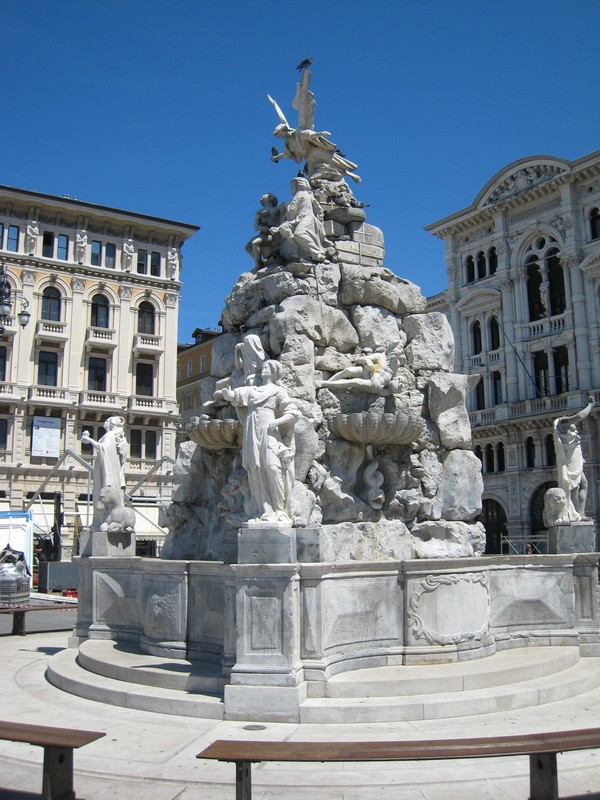
1930년대에 경제 부흥을 겪으며 트리에스테 자유항은 2차 대전 이후 동·서구권 간에 분쟁을 겪었다. 수심이 깊은 트리에스테항은 1918년 이전처럼 북이탈리아, 독일, 오스트리아 및 중부 유럽의 해상 관문이며 수에즈운하 및 여타 육로를 통해 아프리카, 중국 및 아시아의 여러 나라와 연결되는 해상 실크로드의 종점이었다. 역사상 트리에스테는 로마시대부터 중세까지, 그리고 베네치아와 합스부르크의 경쟁에 이르기까지 항상 전략적인 도시였던 것이다.
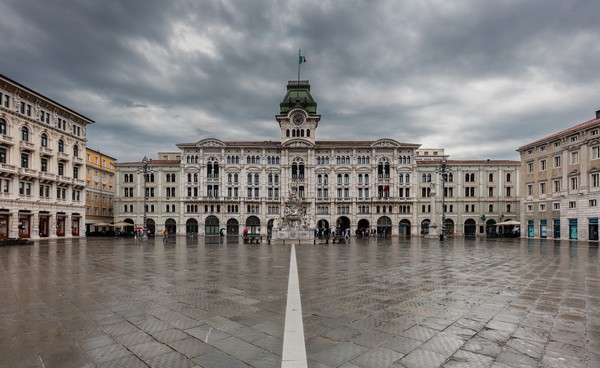
도시의 중심부는 광장 중에서도 가장 아름답고 상징적인 우니타 광장이다. 주변 건물은 이곳의 역사를 완벽하게 요약해준다. 광장에서 바다를 향하여, 200m 이상 뻗어 있는 몰로 아우다체 부두가 가장 멋지다. 여기에서 우니타 광장을 넘어 마리아 테레지아 여제의 명으로 지은 트리에스테 대운하의 기념비적인 궁전과 산 니콜로 그리스 정교회까지 전망이 펼쳐진다. 이 지역의 교회들은 다른 종교들과 조화로운 공존을 보여주고 있다. 멀리 합스부르크 왕국의 막시밀리안과 샤를로트의 낭만적인 미라마레성의 하얀 윤곽이 한눈에 들어온다.

트리에스테는 커피의 도시이기도 하다. 한국에도 많은 Illy caffe나 Hausbrandt와 같은 유명 브랜드는 트리에스테에서 시작하여 이곳에 본사가 있다. 18세기 이후로 커피 수입의 자유항이었던 트리에스테는 여전히 지중해에서 가장 번화하다.
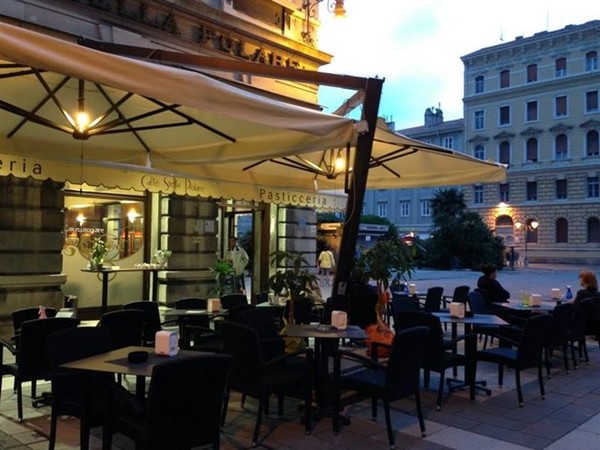
커피와 문학이 어우러지는 트리에스테에는 아름다운 문예 카페와 제임스 조이스, 프란츠 카프카, 라이너 마리아 릴케, 니체 등 한때 위대한 소설가와 유럽의 지성인들의 아지트였던 레트로 감성의 카페가 즐비하다.
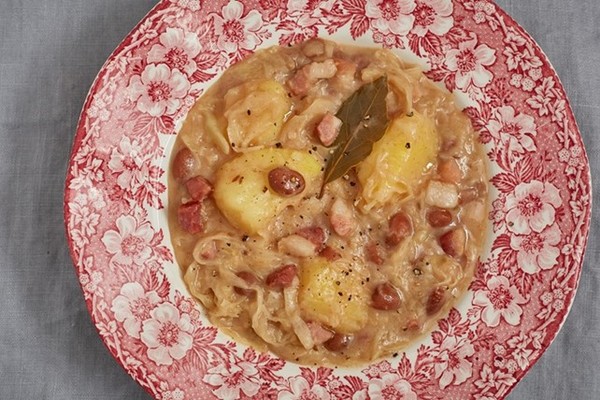
트리에스테 음식도 예사롭지 않다. 양배추부터 비엔나의 영향을 받은 요리까지 트리에스테 요리는 이곳의 역사를 보여준다. 가장 유명한 음식 요타에는 500년이 넘는 슬로베니아의 추억이 곳곳에 새겨져 있다. 원래 ‘남은 음식’이었던 요타는 남은 돼지고기에 콩을 사용하여 만들며 리지 에 비지, 키펠레티 또한 매우 유명하다.
베네치아를 방문한 후에는 꼭 트리에스테에 가서 흥미로운 중부 유럽 문화와 음식을 경험하기 바란다.
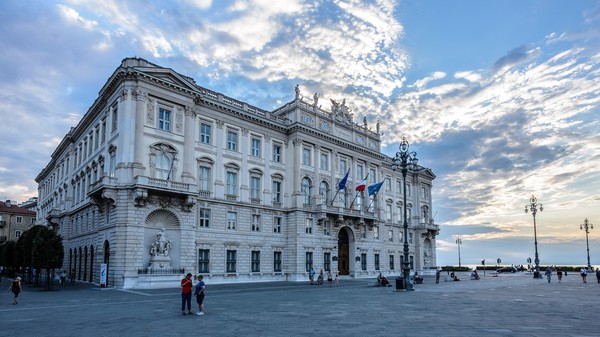
Trieste
Today we are talking about Trieste, a unique city in Italy. Beautiful and cultured, Trieste is Italy’s most cosmopolitan city. There are still echoes of the glorious Habsburg past that made it “the little Vienna on the sea”, and in its characteristic mixture of languages, peoples and religions one easily senwwses its combined Central European and Mediterranean souls.
It is towards the end of a narrow strip of Italian territory lying between the Adriatic Sea and Slovenia, approximately 10–15 km (6–9 mi) south and east of the city. Croatia is some 30 km (19 mi) to the south.
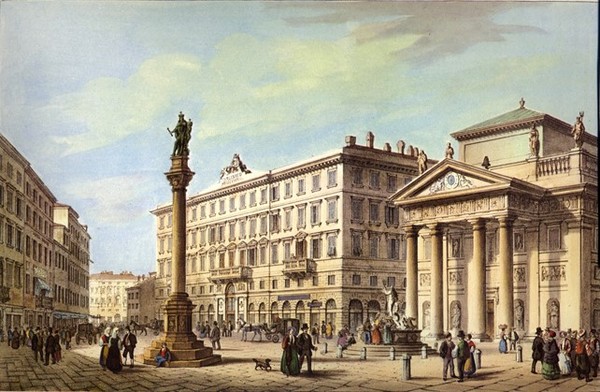
Trieste was one of the oldest parts of the Habsburg Monarchy, belonging to it from 1382 until 1918. In the 19th century the monarchy was one of the Great Powers of Europe and Trieste was its most important seaport. As a prosperous seaport in the Mediterranean region, Trieste became the fourth largest city of the Austro- Hungarian Empire, after Vienna, Budapest, and Prague. This city was also an important cultural center in the “Fin de siecle” period for literature and music.
Trieste underwent an economic revival during the 1930s, and the Free Territory of Trieste became a major site of the struggle between the Eastern and Western blocs after the Second war. Trieste, with its deepwater port, is a maritime gateway for Northern Italy, Germany, Austria and Central Europe, as it was before 1918 and is considered the end point of the Maritime Silk Road with its connections via the Suez Canal and the other Overland to Africa, China and many countries in Asia.
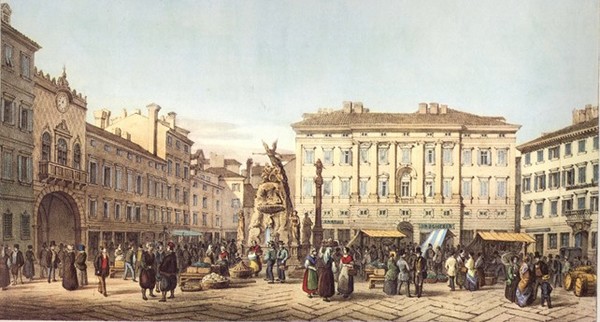
Throughout history Trieste has always been a strategic city, starting from the Romans up to the Middle Ages and its rivalry with Venice and then with the Habsburgs.
The heart of the city is the most beautiful and most symbolic of all its squares, Piazza Unità d’Italia. The buildings around it perfectly summarise Trieste’s history. However, the most spectacular side of the square is the one facing the sea, from which a pier, the Molo Audace, extends for over two hundred metres. From here, the view sweeps beyond Piazza Unità and on to the monumental palazzi and the Greek Orthodox Church of San Nicolò on the Trieste Canal Grande (Grand Canal), the center of the neighborhood built at the behest of Maria Theresa of Austria. The churches in this district testify to the harmonious coexistence of different religions.
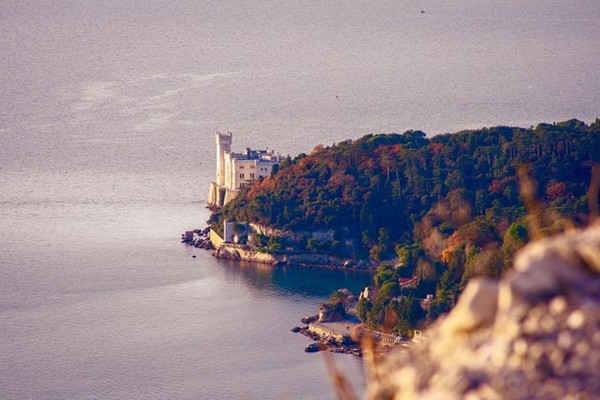
In the distance, one can glimpse the white profile of Miramare, the romantic castle of Maximilian and Charlotte of Habsburg.
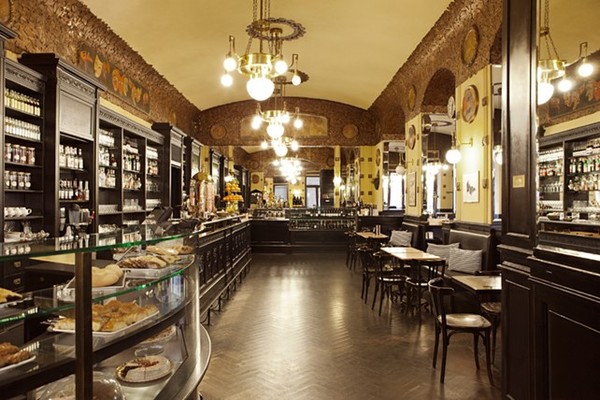
Trieste is also the city of coffee. Famous brands such as Illy caffè or Hausbrandt present in Korea were born in Trieste and have their headquarters there.
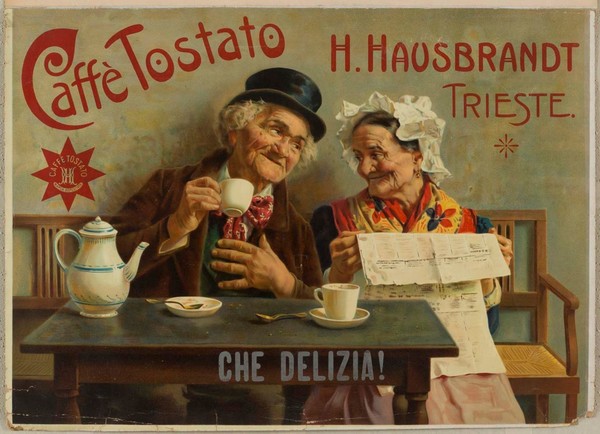
A free port for coffee imports from the 18th century onwards, the port of Trieste is still the busiest in the Mediterranean, in Trieste, coffee rhymes with literature, the city has numerous beautiful literary cafés, time-honoured coffee houses with a retro charm that were once the haunt of great novelists such as James Joyce, Franz Kafka, Reiner Maria Rilke, Nietzsche and others important European intellectuals.
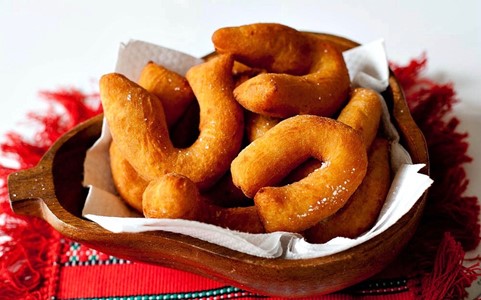
Trieste food is not ordinary Italian food. From cabbage to the Vienna’ s influence, Trieste cuisine walks visitors trough her history. Very famous is Jota .This dish has memories of Slovenia written all over it and dates back more than 500 years. Originally a 'leftover dish', Jota is prepared using leftover pork, cabbage and a few beans, Risi and Bisi is also very famous, or Chifeletti.
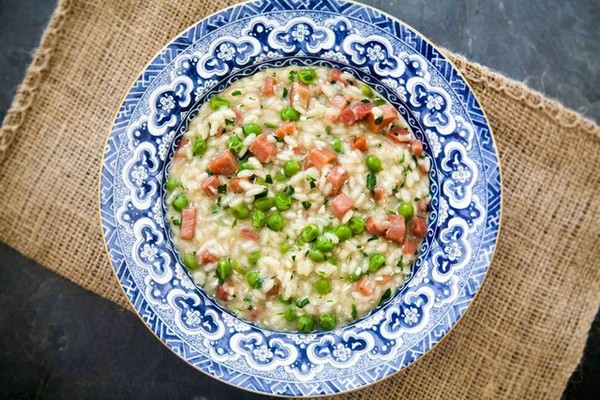
Surely a Korean tourist after having visited Venice must go to Trieste and will discover an interesting world both for the Middle-European culture and for the food.
글 | 로베르토 파시 Basera Roberto Pasi
Journalist, Doctorate Degree University of Siena(Literature, Philosophy, History of Art with honors), Study at Freiheit Univerisität Berlin, Facilitator at Osho Resort, Poona India

